The Defense Advanced Research Projects Agency (DARPA), part of the US Department of Defense , is researching and developing remote laser power generation technology, stemming from the continuous energy needs of forward bases in remote areas.
Famous inventor Nikola Tesla first proposed a method of transmitting power wirelessly in the 1890s and believed it would become the standard for transmitting power from one point to another. However, more than 100 years later, humans have yet to put this idea into practical use.
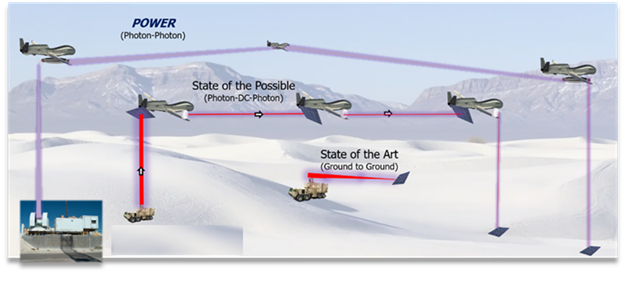
Currently, power is still transmitted by wires, or through diesel engines that convert fuel into electricity. In war zones, where power lines or fuel supply lines are often blocked by enemy forces, troops have to transport diesel by truck or drop it from aircraft.
Colonel Paul “Promo” Calhoun, one of the pilots who participated in the balloon drop mission to resupply the special forces, is the program manager of DARPA’s POWER (Wireless Power Relay) project. He said the time is right to put wireless power transmission technology into use, predicting that the technology will be fully developed within the next four years.
“There is a pressing need for a flexible power delivery method for military operations. Many units operate radars, microwave weapons, and anti-drone lasers at remote bases, and there is no easy way to power these operations,” Calhoun said.
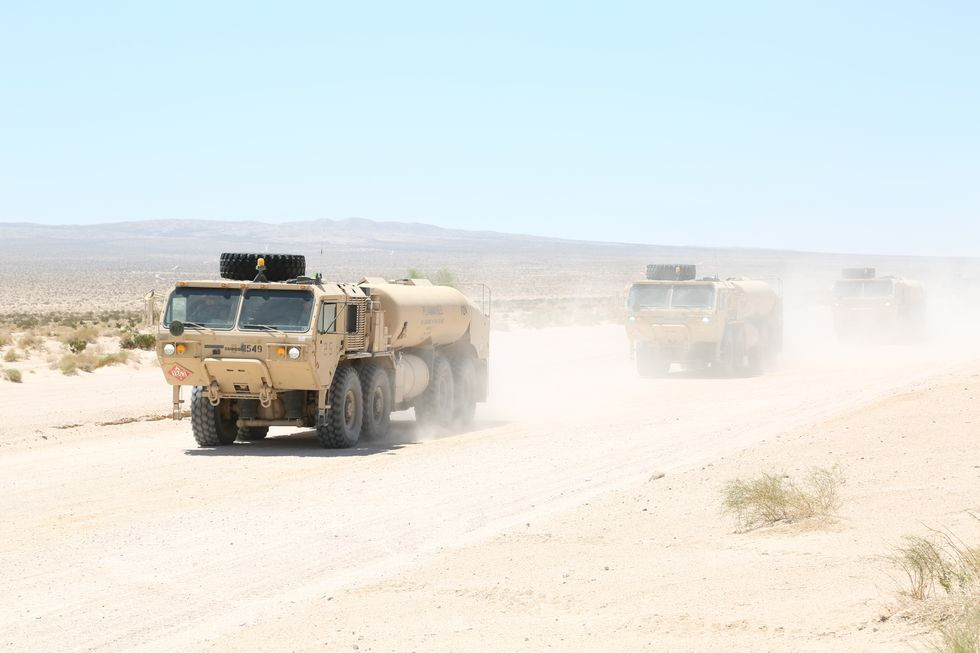
The US has made significant progress in high-energy lasers, wave sensing, adaptive optics, high-altitude electromagnetic transmission platforms, and other technical elements to bring the idea from theory to reality, the officer revealed.
Overhead power transmission network
The key technology of the POWER project is the use of high-power lasers, transmitted from above, via relays with a non-modulating steering function to end-user signal receivers, before converting them into electricity using narrow-band tunable monochromatic photovoltaic technology.
With this technology, relays play an important role as a bridge to create multi-directional, flexible and durable wireless energy networks. DARPA believes that this can revolutionize energy distribution.
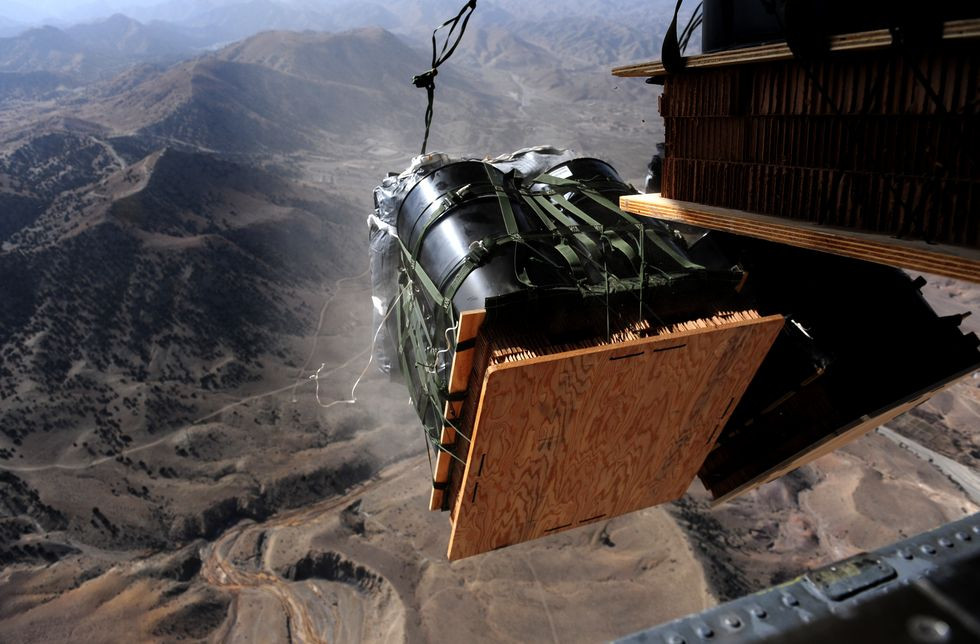
Drones/UAVs are also one of those relays. In theory, UAVs are capable of flying around a location at high altitudes, taking on the task of transmitting lasers to each other over long distances and finally sending them down to a military base on the ground.
Meanwhile, a satellite network could become a laser power distribution network. “POWER is developing stratospheric platforms with a range of 100 km between nodes. In space, the node distance could be up to 1,000 km. So the project could be scalable globally,” Calhoun said.
POWER is said to have fewer weaknesses than traditional methods, such as transport planes being shot down and fuel trucks being vulnerable to mines. In particular, lasers are immune to current jamming methods that are making waves in the Russia-Ukraine conflict.
“Jamming or interfering with the energy transmission signal only increases the signal strength because the energy beams are inherently very narrowly directional beams, leaving very few vulnerabilities for the enemy to exploit,” said the project manager.
DARPA has conducted multiple point-to-point laser power transmission tests. The agency is optimistic that the POWER system will be ready within four years, with low-power airborne demonstrations around 2025 and full-scale high-power demonstrations as soon as 2027.
(According to PopMech)
Source






![[Photo] The 5th Patriotic Emulation Congress of the Central Inspection Commission](https://vphoto.vietnam.vn/thumb/1200x675/vietnam/resource/IMAGE/2025/10/27/1761566862838_ndo_br_1-1858-jpg.webp)










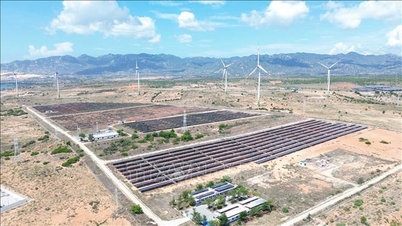







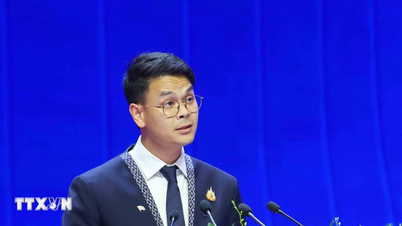









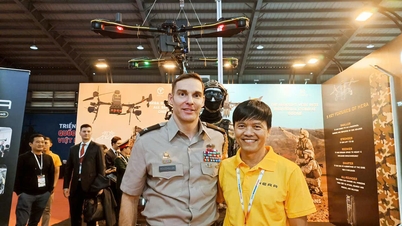

![[Photo] National Assembly Chairman Tran Thanh Man receives Chairman of the House of Representatives of Uzbekistan Nuriddin Ismoilov](https://vphoto.vietnam.vn/thumb/1200x675/vietnam/resource/IMAGE/2025/10/27/1761542647910_bnd-2610-jpg.webp)
![[Photo] Party Committees of Central Party agencies summarize the implementation of Resolution No. 18-NQ/TW and the direction of the Party Congress](https://vphoto.vietnam.vn/thumb/1200x675/vietnam/resource/IMAGE/2025/10/27/1761545645968_ndo_br_1-jpg.webp)


































![[Photo] Prime Minister attends the 28th ASEAN-China Summit](https://vphoto.vietnam.vn/thumb/402x226/vietnam/resource/IMAGE/2025/10/28/1761624895025_image-2.jpeg)











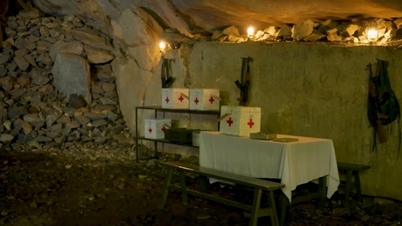
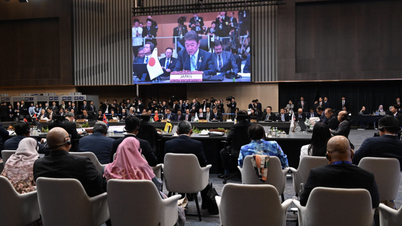






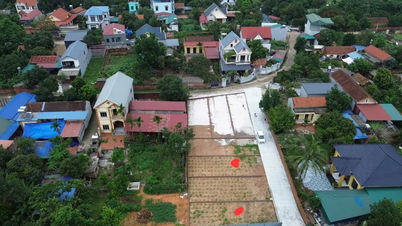

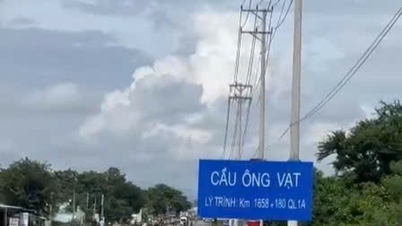
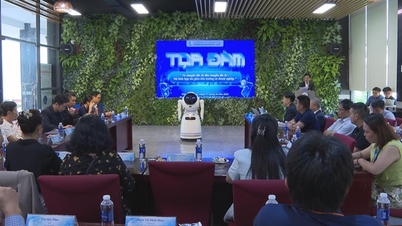















Comment (0)